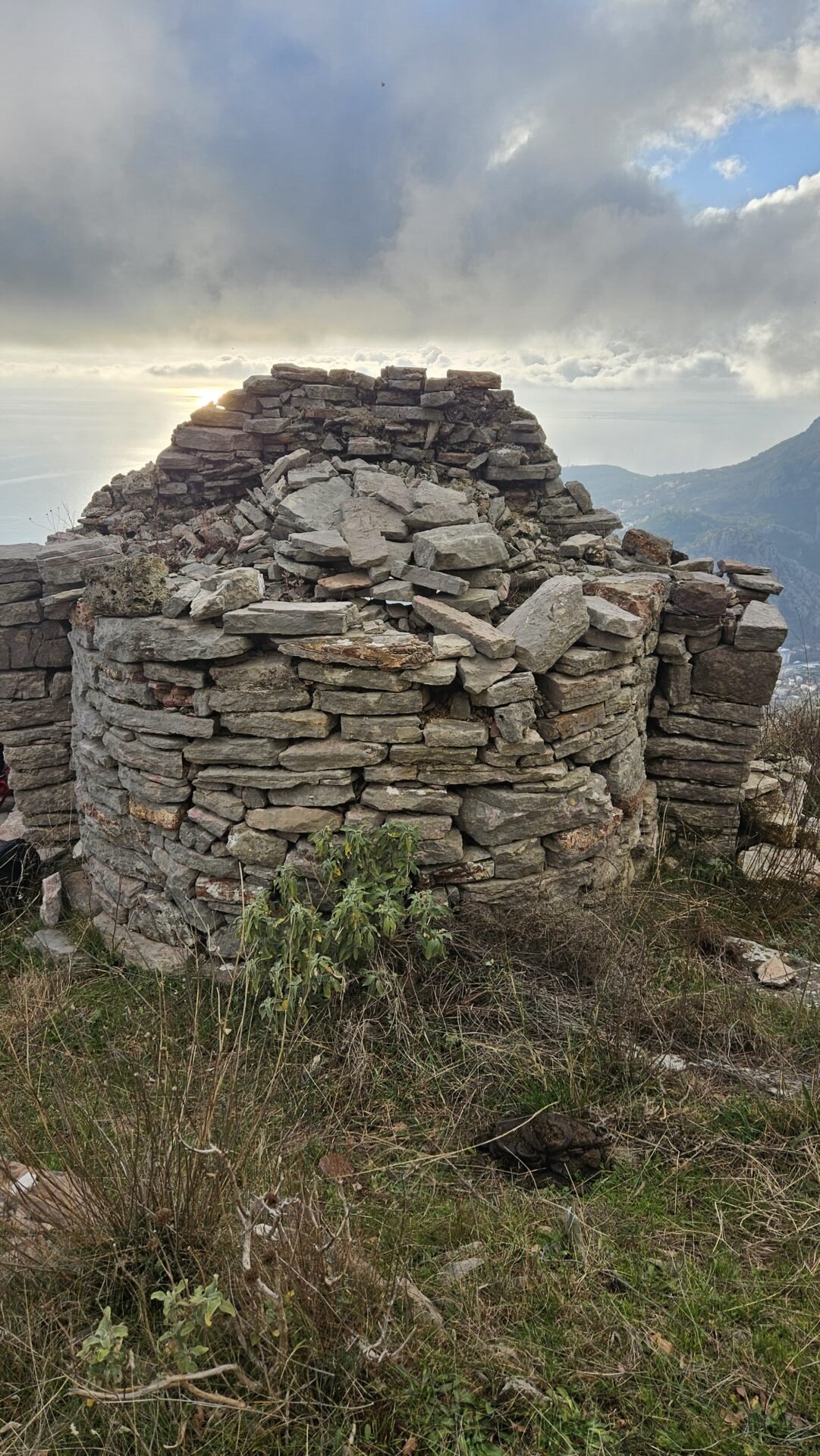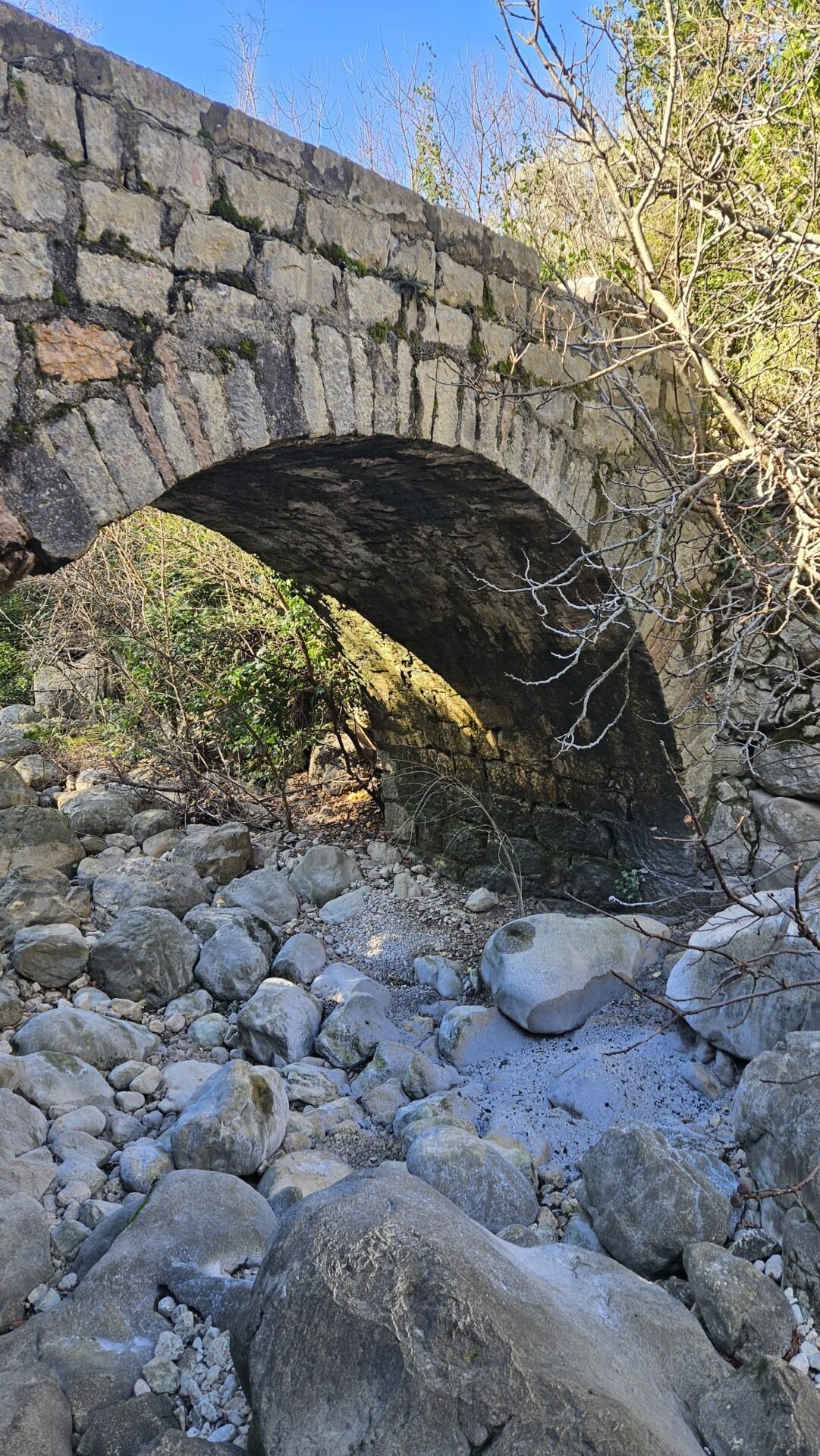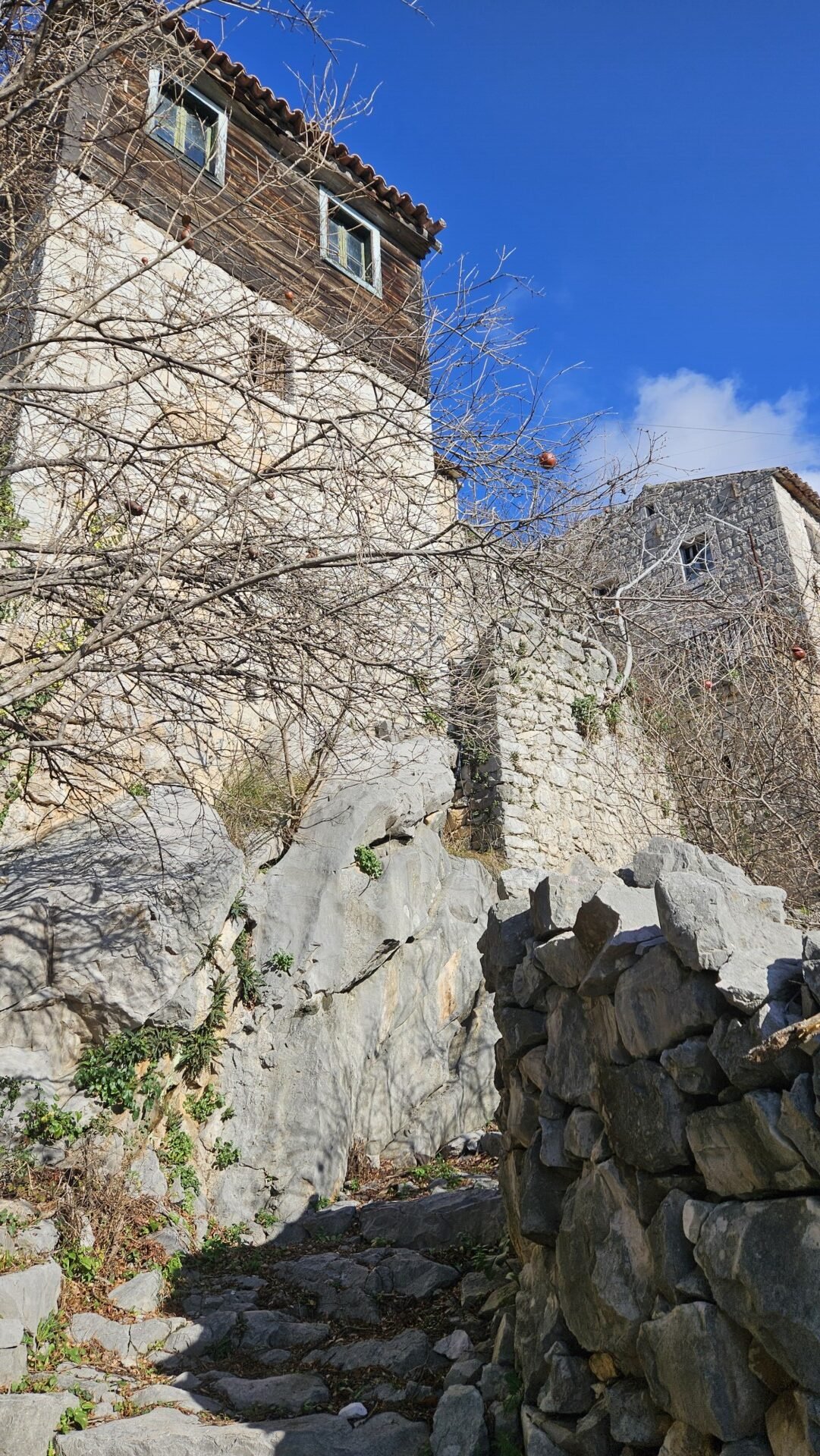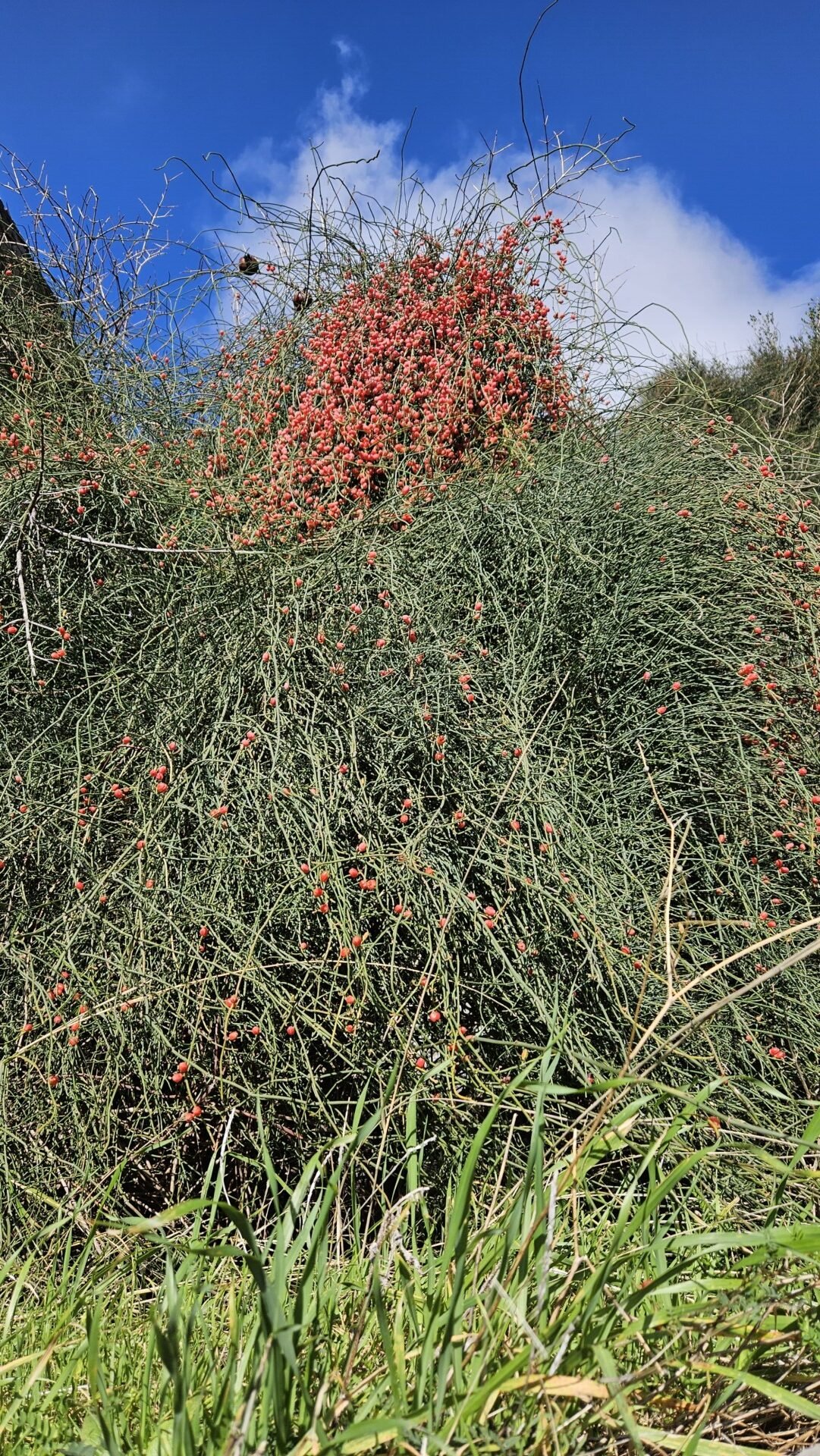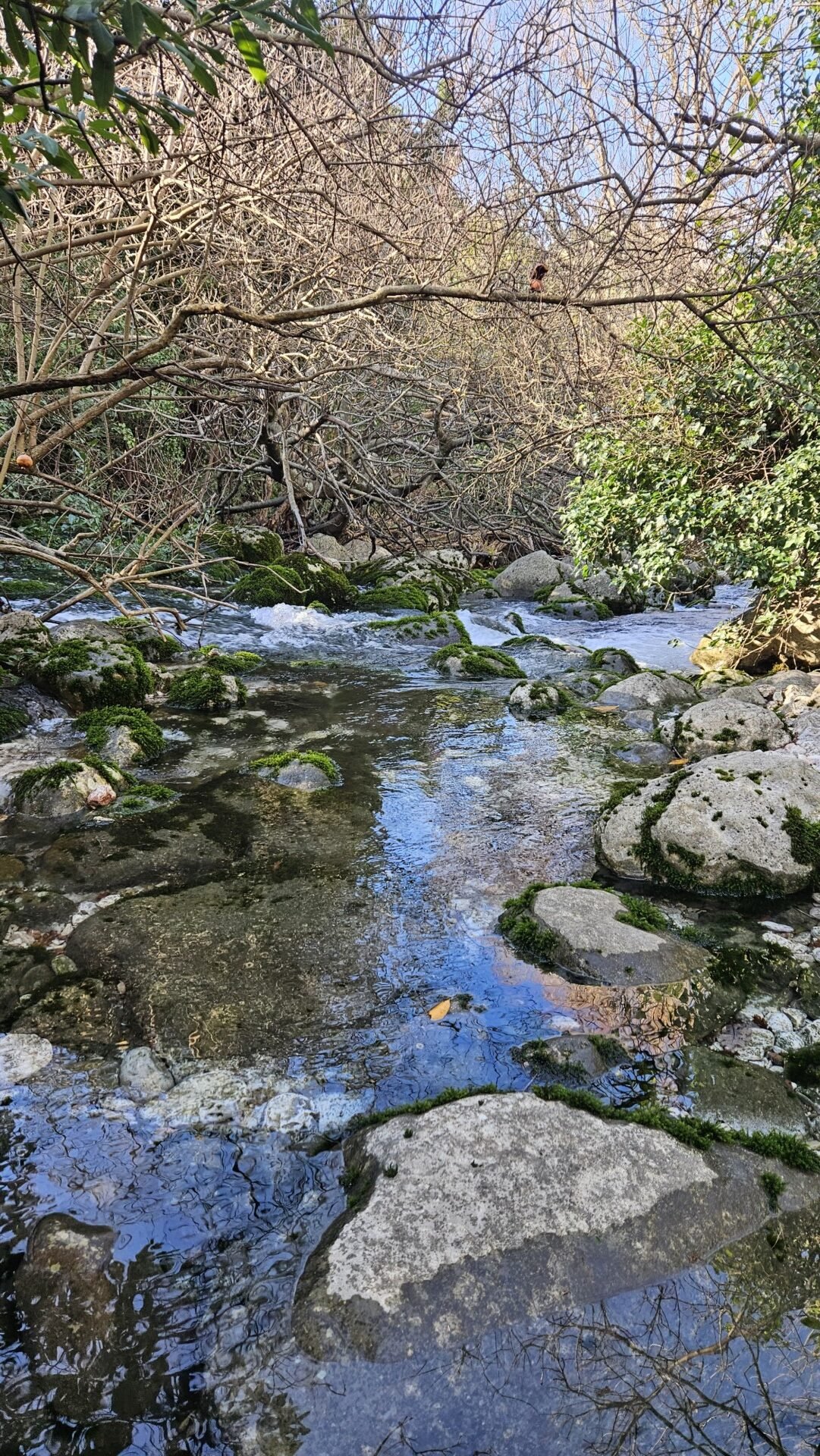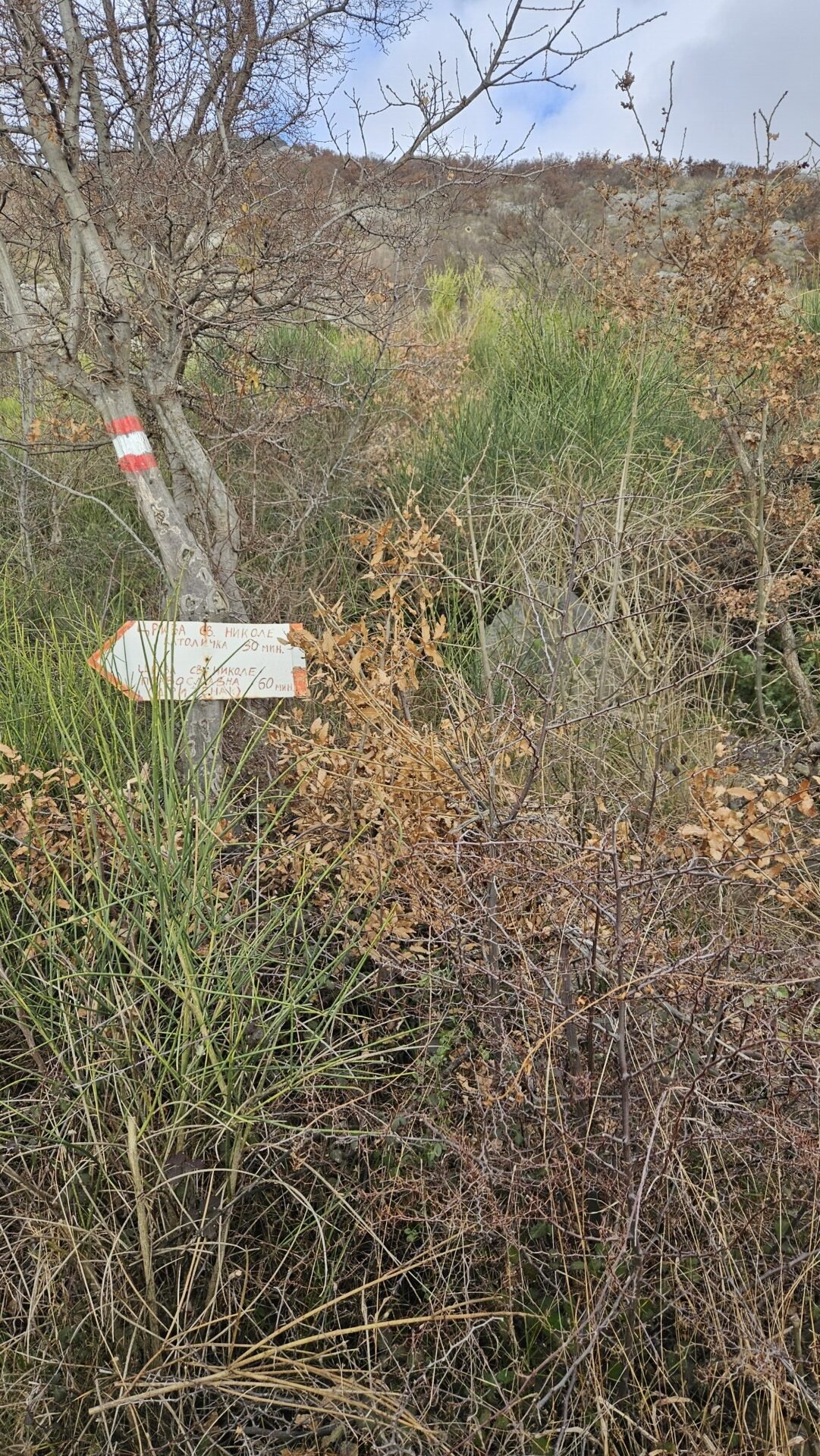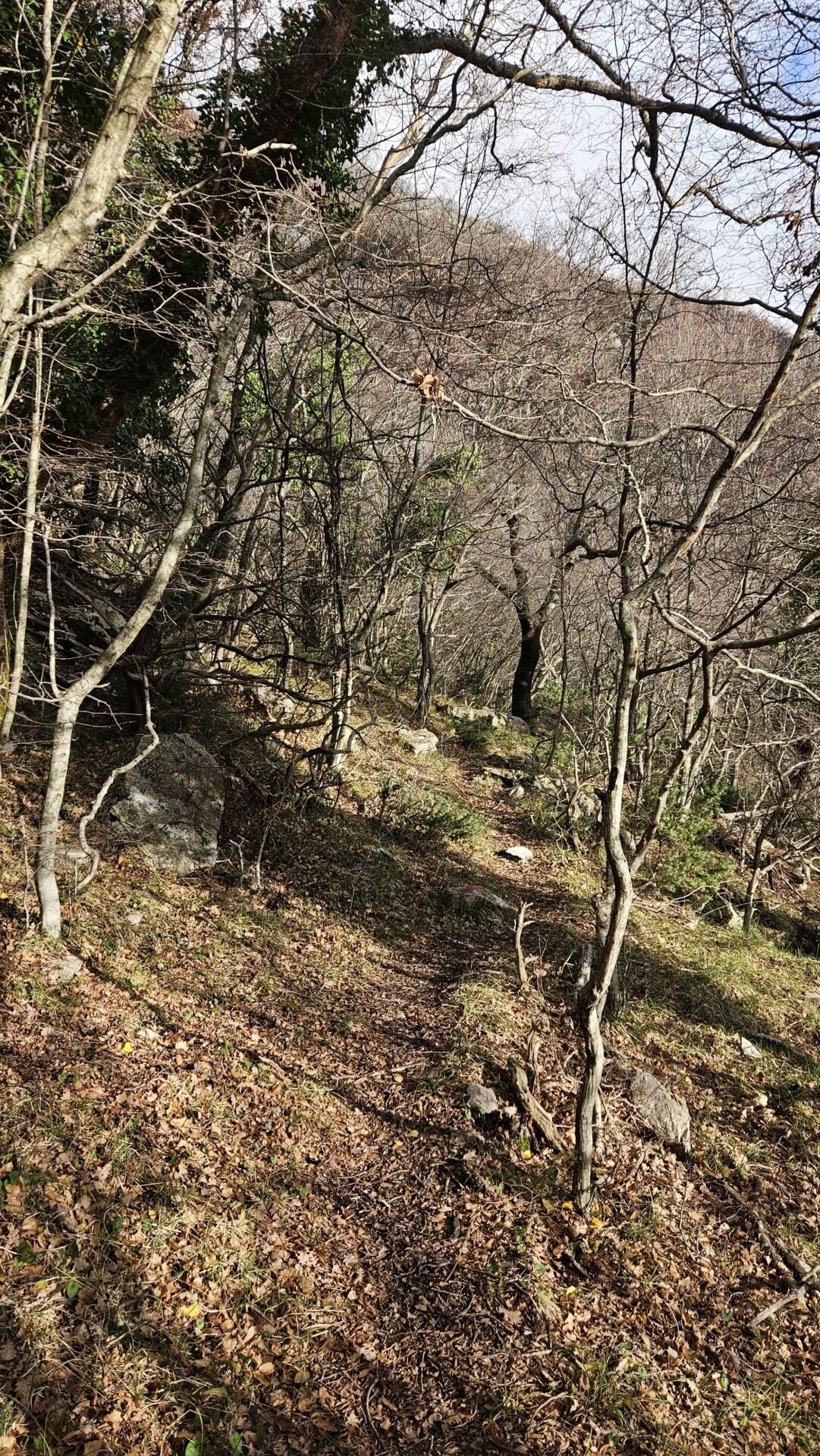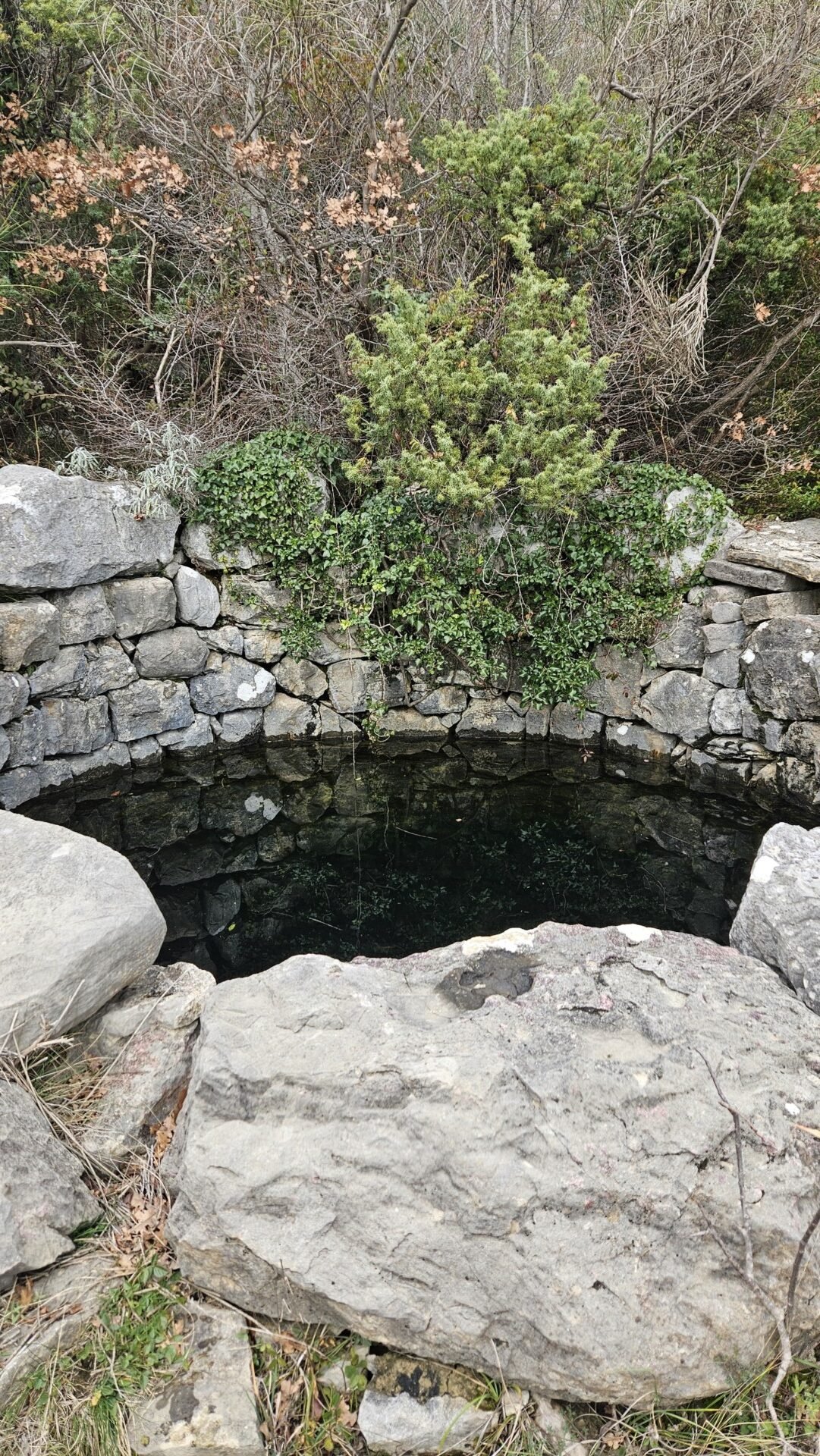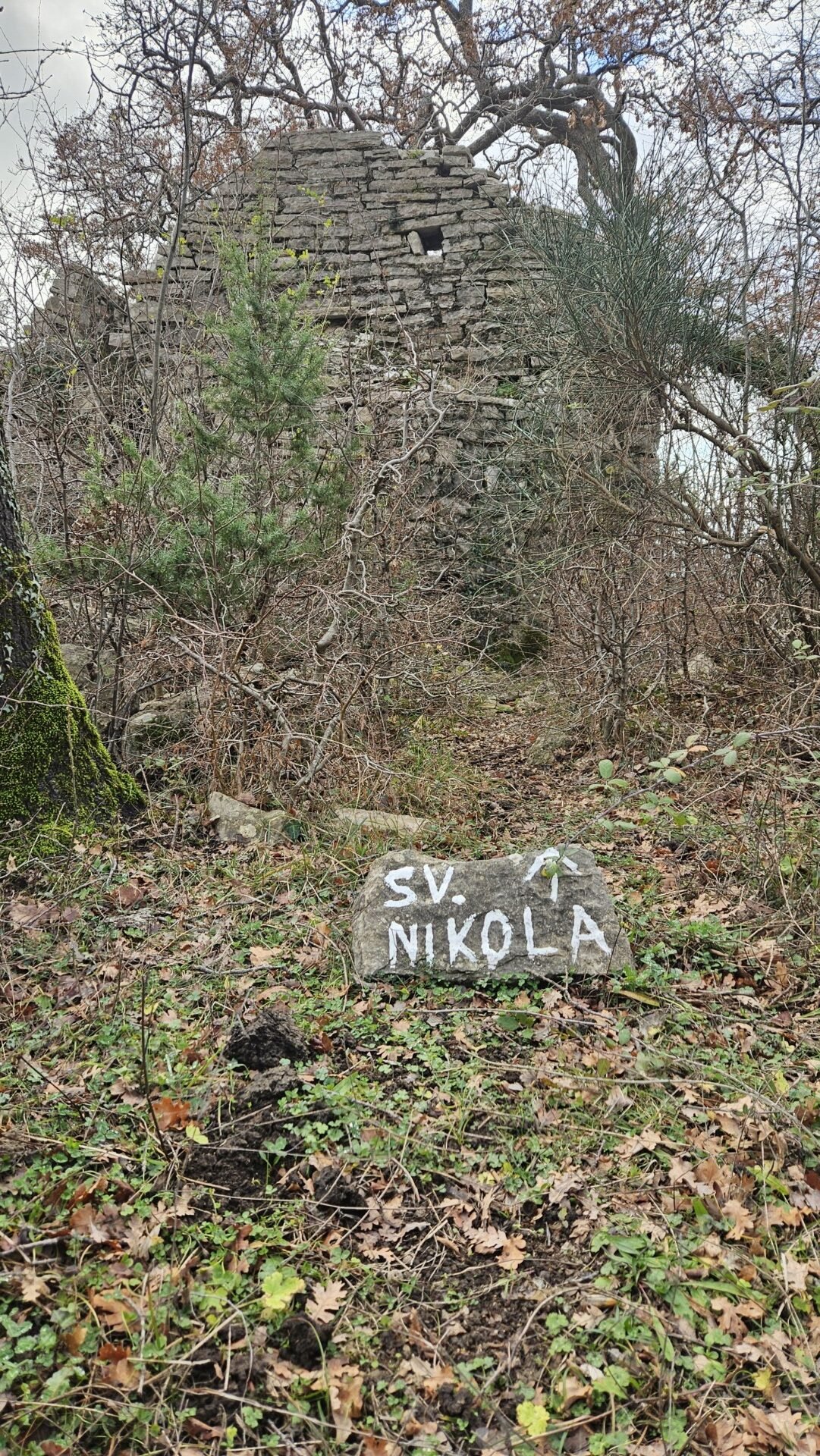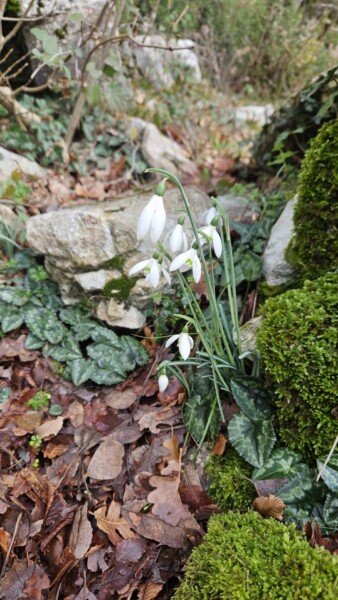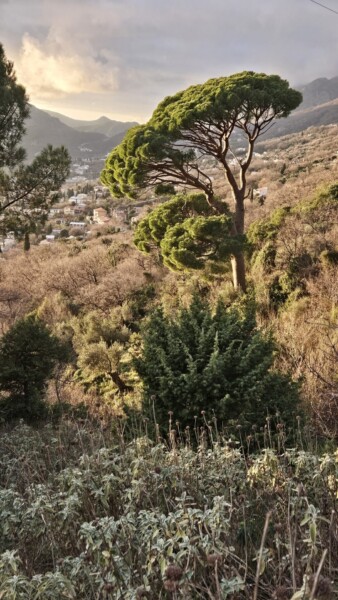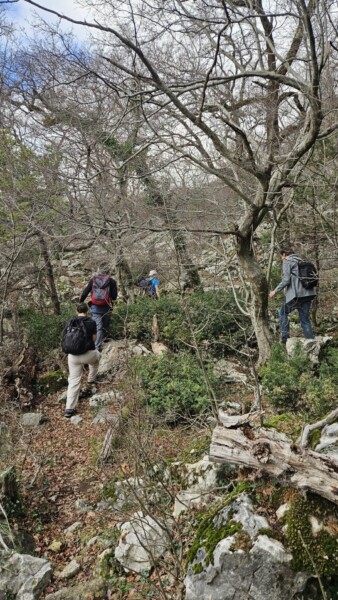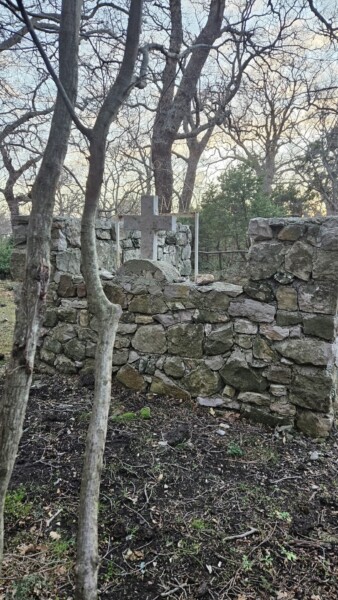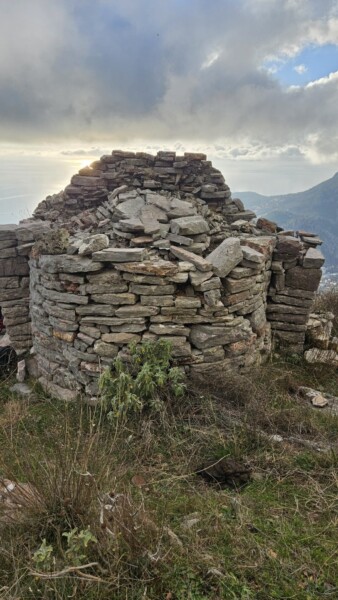Montenegro is full of scenic spots for hiking, but a particularly memorable route is the one through Gornja Brca along the Vrelo River, followed by a visit to both the Catholic and Orthodox Churches of St. Nicholas in Sutomore.
Our walk took place on January 25, 2025. It was a warm and sunny day, quite rare for January.
The Magic of Gornja Brca
Gornja Brca, known for its extraordinary landscapes and crystal-clear air, offers a unique experience for travelers. The walk begins at the source of the Vrelo River, where water gushes straight from the ground, creating an impressive and almost mystical spectacle. This river not only nourishes the local flora and fauna but also serves as an excellent direction for hiking and photo tours.
It is believed that the name “Brca” comes from the logs (“Brvca”) used to construct a bridge over this source in the past. This is corroborated by the modern self-name of the village inhabitants – “Brvenci.” The first impression of the settlement is that it seems like some ancient fortification. However, it is not a fortress; it is the real Brca – old Brca – Upper Brca (Gornja Brca).
If one were to describe this place in just two words, “enchanted” and “fairy-tale” would be the most fitting. The resemblance to a fortress here is unmistakable. The houses, three to five stories high, are made of large hewn stone. Many homes are closely adjacent to one another, with their rows following the contours of the terrain so that the entire settlement faces downward along the slope. This arrangement provided protection from local winds, blowing from the most frequent directions, and from uninvited guests who could only approach from below. Higher up, Brca is securely protected by mountain ridges.
The rows of buildings form streets. At most houses, the second (and subsequent) floors jut out beyond the dimensions of the first, creating canopies along the entire length of the facade. Many such extensions are made of wooden wings, which are wider than the lower stone part of the house. The outer edges of these extensions rest on stone walls built opposite and parallel to the houses, forming covered streets – galleries. In the outer walls, small windows were made for sunlight, and niches for small utensils. Some of the houses had their extended upper floors resting on neighboring buildings, which were located lower down the slope. Brca represents an example of an amazingly organized life, thought out to the smallest detail.
There is no precise data on the foundation of Brca. Various assumptions date the settlement’s founding to either the 12th or the 17th century. It is believed that the inhabitants of Brca were servants and khmets of the Ratac Abbey: millers, cattle breeders, fishermen, foresters. The villagers hid their village on a mountain slope and covered it with a deep ravine, thus protecting themselves from pirate raids from the sea. The main occupation of the Brvenci was agriculture. The land plots were located below, in the place where the “Korali” hotel now stands. The villagers also kept cattle, and olives, grapes, and citrus fruits were planted on the hills around the village. Water was carried on donkeys from a source in the ravine.
The St. Nicholas Churches in Sutomore
After exploring the natural beauty of Gornja Brca, we moved closer to the center of Sutomore on a route leading to the top of Vrsuta Mountain, from which a path leads to the historical monuments in Sutomore — the Catholic and Orthodox Churches of St. Nicholas. Both churches are located close to each other and serve as important religious centers for the local communities.
The Catholic Church of St. Nicholas impresses with its architecture and secluded location, surrounded by a beautiful forest that emphasizes its sanctity and beauty.
Nearby is the Orthodox Church of St. Nicholas, which, although more modest in size, does not lack in spiritual significance. The church offers a stunning view of the entire coast.
Concluding the Route
The walk can be concluded at one of the local cafes in Sutomore, where traditional Montenegrin dishes are offered. This is a wonderful opportunity to discuss the day’s experiences with friends or simply enjoy a moment of solitude, reflecting on all the impressions of the day.
A walk through Gornja Brca and visiting the St. Nicholas Churches in Sutomore is not just a tourist trip; it’s an immersion into the culture and history of Montenegro, an ascent to its spiritual roots, and an opportunity to enjoy unique landscapes that retain a distinctive character and enchanting beauty of this land.

